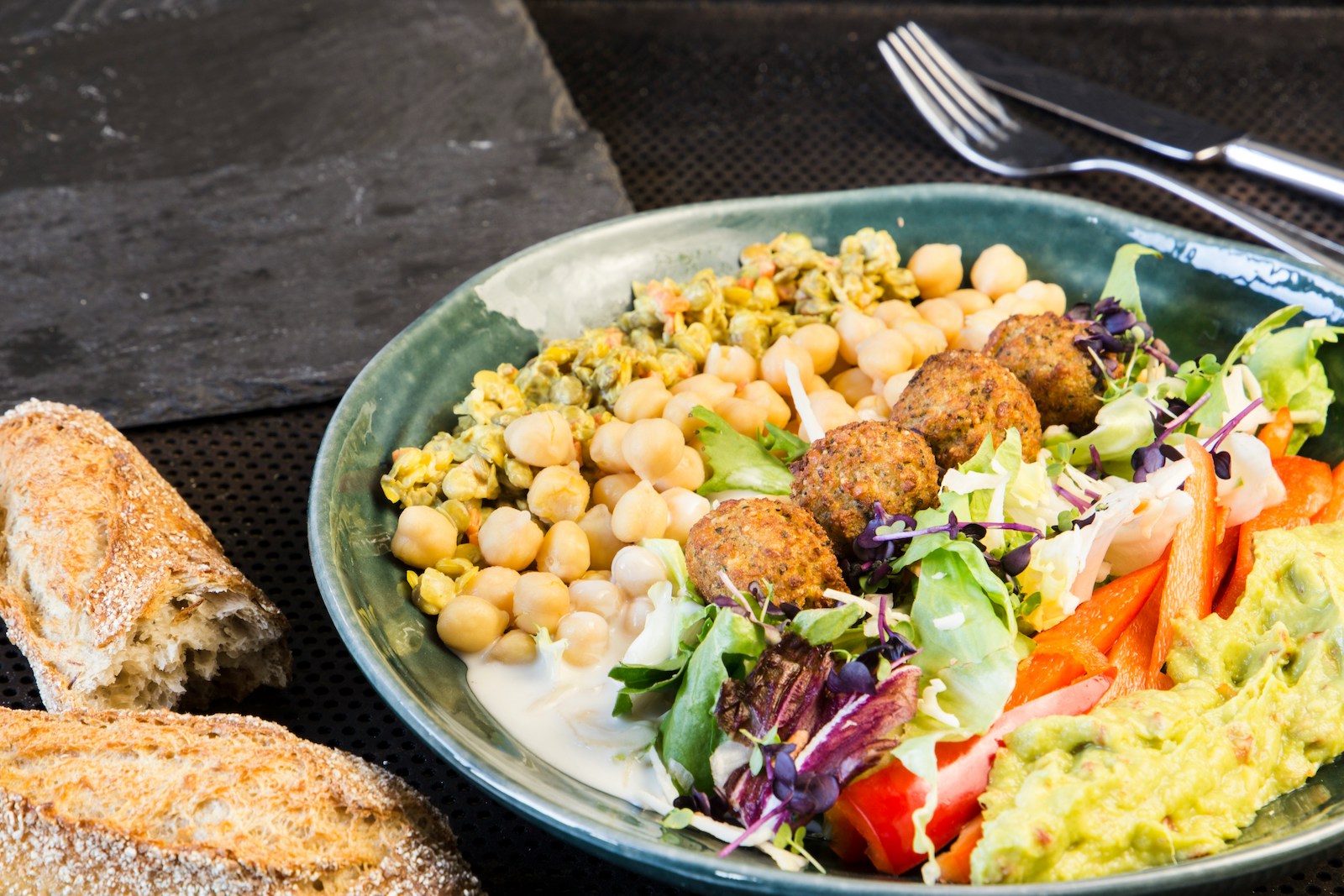Photo by Mack Male used under CC BY-SA 2.0 DEED
Is the humble bean the key to feeding the world? Many experts think so. Pulses are a nutrition powerhouse, packed with protein, complex carbohydrates, and fiber. They’re also affordable and easy to prepare, with uses across cultures and contexts. Plus, pulses are easy to grow, emit fewer greenhouse gasses, and use way less water than other protein sources.
Legume what?
From a biological standpoint, a legume is the leaf, stem, or pod of any member of the Fabaceae or Leguminosae family. These flowering plants produce pulses, which are the edible seeds we know as beans, lentils, and peas. These seeds come in a variety of colors, shapes, and sizes: there are large white Gigante Beans, mid-sized red kidney beans, and round green peas, just to name a few.
Long ago, these high energy foods were critical to the diets of hunter gatherers and early farmers who had limited access to animal protein. Fossils have been found to suggest that lentils were being eaten by Neanderthals 70,000 years ago.
Affordable, sustainable, healthful
Today, pulses are an affordable and sustainable source of protein & fiber as well as other critical micronutrients. According to the British Heart Foundation they can “lower your risk of heart disease, stroke, type 2 diabetes and bowel cancer.”
Pulses are versatile and easy to prepare and preserve. Dried beans store for a long time without a need for refrigeration while maintaining their nutritional content. Farmers can dry them to save as seed. Pulses are also good for the soil - they “fix” nitrogen, removing it from the air, returning it to the earth, and making soil more fertile.
Pulses are also a more sustainable alternative to animal protein, which requires an enormous amount of water and generates large-scale carbon emissions. Pulses can grow in poor soil and withstand drought due to their deep and abundant root structures, making farms more resilient. And when fed to livestock, pulses are more efficient in providing animals with energy and reduce greenhouse gas emissions.
In developing countries, production of pulses is generally controlled by women, while men are in charge of other cash crops. This provides an opportunity for them to benefit financially from the sale of their crops.

A plate packed full of pulse protein, including chickpeas and falafel.
New and old ways of eating pulses
“Across cultures and continents, beans have always been a staple food eaten for breakfast, lunch, and dinner,” according to Devex. Soy has a long history in East Asia, first described in Chinese manuscripts in 2850 BC, and now commonly grown around the world. It is an important part of culinary traditions in Japan as well as many other East Asian countries. Soybeans are widely used and highly versatile; they can be eaten as edamame, miso, soymilk, tempeh, textured soy protein, tofu, and more.
Today, soy is also used to create meat alternatives, processed into everything from faux chicken nuggets to ground “beef.” There are innumerable bean patty recipes out there, using any kind of bean imaginable.
Chickpeas also have a long and distinguished history. According to Harvard, they “appear in early recordings in Turkey about 3500 BCE and in France 6790 BCE.” In the Middle East, chickpeas are often eaten in hummus or falafel. Chickpeas are also a common component of curries in India, along with many many other pulses, which are the key component of dal, a soupy or stewy dish with split pulses as its main ingredient. Eponymous pressure cookers make it quicker and easier to cook dry beans and pulses.
Low tech, high impact
Sure, pulses aren’t quite the flashy solution presented by lab-made meats or 3D-printed food, but they’re available, accessible, and socially acceptable for many people. Plus, producing pulses does not require technological changes at scale.
In places where meat consumption is tied to social status and preference, it may be hard to convince people to cut back in favor of pulses. But education can help, and efforts like Meatless Mondays suggest there is a will at least for some people.
And for the many people worldwide who struggle to access adequate nutrition, pulses can offer an opportunity to fight hunger while doing right by the planet.
